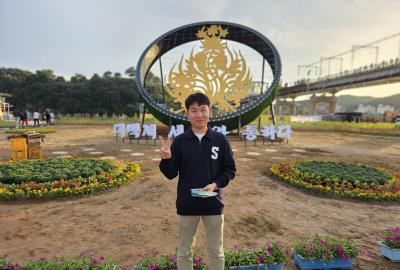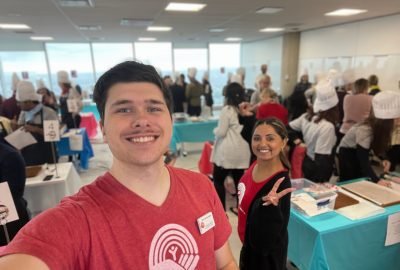404
AHHHHHHHHHHHHH
How frustrating. We can’t find the page you’re looking for.
It could be because our site address changed to https://olc.sfu.ca
You could try a Search
Maybe you were looking for:
- Blogs
- English as an Additional Language (EAL)
- Interview Question Database
- Resume Gallery
- Cover Letter Gallery
- Job Description
- Learn
Can’t find what you are looking for? Contact us and we can help you find it.









